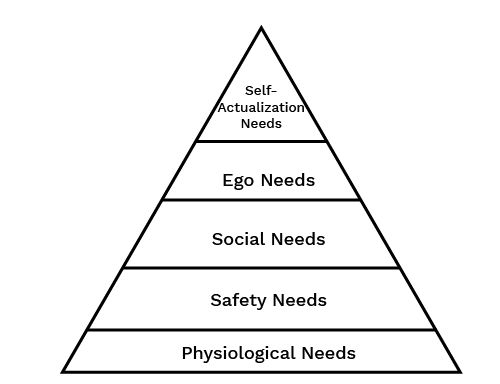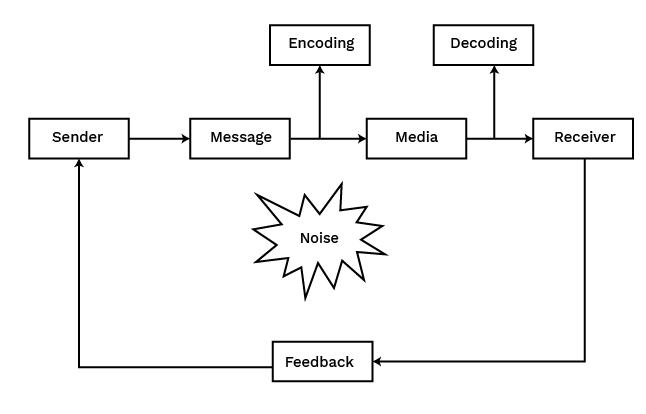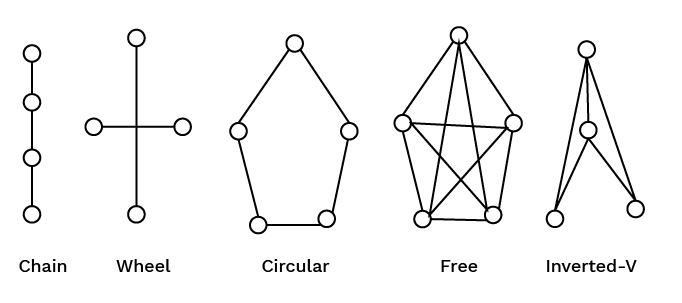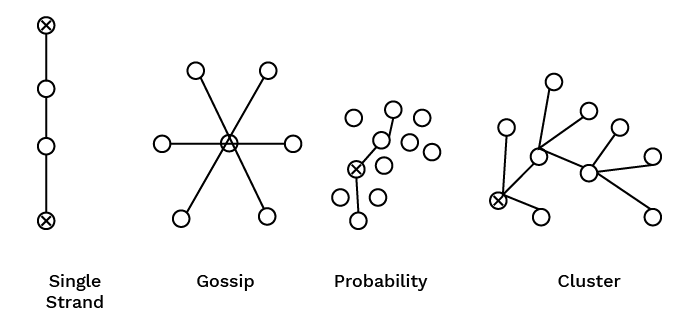Class 12 Business Studies Chapter 7 Notes PDF Download


FAQs on Directing Class 12 Notes: CBSE Business Studies Chapter 7
1. What is the concept of Directing in Class 12 BST Directing Notes?
Directing in Class 12 BST Directing Notes refers to the managerial function that involves guiding, instructing, and motivating employees to achieve organisational goals.
2. How does Vedantu's Directing Notes Class 12 help in understanding the subject?
Vedantu’s Directing Notes Class 12 provides clear explanations and structured content that make it easier for students to grasp the concepts of directing in management.
3. Can I download the Directing Notes Class 12 PDF from Vedantu?
Yes, you can download the Directing Notes Class 12 PDF for FREE from Vedantu’s website, making it convenient for offline study.
4. What topics are covered in Class 12 BST Directing Notes?
Class 12 BST Directing Notes cover topics like the importance of directing, elements of direction, motivation, leadership, and communication.
5. How are Vedantu’s Class 12 BST Directing Notes beneficial for exam preparation?
Vedantu’s Class 12 BST Directing Notes are beneficial for exam preparation as they offer concise summaries, key points, and important questions that help in quick revision.
6. Why should I choose Vedantu’s Directing Notes Class 12 PDF over other resources?
Vedantu’s Directing Notes Class 12 PDF is tailored to the CBSE syllabus, providing accurate and well-organised content, and making it a reliable resource for students.
7. What makes Vedantu's Directing Notes Class 12 unique?
Vedantu's Directing Notes Class 12 are unique because they include expert insights, simplified explanations, and focus on the key concepts that are crucial for exams.
8. Are the Directing Notes Class 12 PDFs available for FREE?
Yes, the Directing Notes Class 12 PDF is available for FREE download on Vedantu’s platform, allowing students to study without any cost.
9. How can Vedantu's Class 12 BST Directing Notes improve my performance?
Vedantu's Class 12 BST Directing Notes improve performance by providing well-structured notes, important questions, and practice exercises that enhance understanding and retention.
10. What additional resources does Vedantu offer along with Class 12 BST Directing Notes?
Along with Class 12 BST Directing Notes, Vedantu offers additional resources like sample papers, revision notes, and interactive live classes to support comprehensive learning.



























